Did you know that rubber and plastic can be bonded together? It may seem like an impossible feat, but with the right techniques and materials, it absolutely can be done!
Whether you’re looking to seal a crack in your children’s toy or craft some special furniture from PVC piping, knowing how to glue rubber to plastic is a useful skill. In this blog post, we’ll cover exactly how to do it successfully.
Contents
- 1 How to Glue Rubber to Plastic? 6 Easy Steps to Follow
- 2 Types of Glues for Rubber to Plastic Bonding
- 3 Best 5 Glue Brands to Bond Rubber to Plastic
- 4 Precautionary Measures When Bonding Rubber to Glue
- 5 FAQS
- 6 1. Which is the best glue to bond silicone rubber to plastic?
- 7 2. Does hot glue bond rubber and plastic?
- 8 3. What is the hardest glue for plastic?
- 9 4. Can I glue liquid rubber on plastic?
- 10 5. What is the best waterproof glue for rubber?
- 11 Conclusion
How to Glue Rubber to Plastic? 6 Easy Steps to Follow
Here is a step-by-step guide that will show you how to glue rubber to plastic effectively. It will also help you to avoid mistakes to protect your projects.
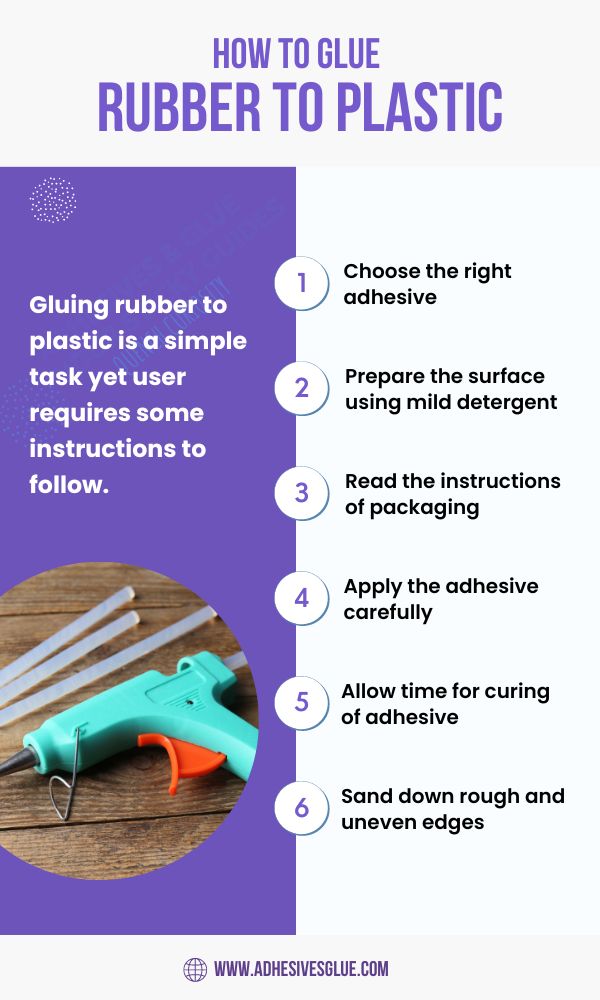
Step 1: Choose the Right Adhesive:
The most important part of gluing plastic and rubber together is finding a compatible adhesive that will work with both materials. Look for an adhesive specifically designed for bonding plastic and rubber, as this offers the best chance of success.
Step 2: Prepare the Surfaces
Before applying any adhesive, it’s essential to thoroughly clean both surfaces being bonded. To clean the surface from oils, dirt, dust, and other debris you can use a mild detergent, such as:
- Dish soap
- Rubbing alcohol
- A soft cloth
You must allow the surfaces to dry completely for perfect results. Then, you should move on to step three.
Step 3: Read the Instructions
It is very important to be sure to read and follow the instructions on your adhesive’s packaging for the best results. It allows you to avoid mistakes and ruin your projects.
Step 4: Apply the Adhesive
Once you have chosen an appropriate adhesive and prepared both surfaces, it’s time to apply the glue. Begin by applying a thin layer of adhesive to one side, then press firmly against the other side for at least 30 seconds. Be sure to distribute pressure evenly over the entire surface area for the best results.
Step 5: Allow Time for Curing
Most adhesives need some time to cure or “set up” for them to achieve their strongest bond. Depending on the type of adhesive used, this may take anywhere from a few hours to several days.
Step 6: Sand Down Rough and Uneven Edges
Lastly, sand down any rough or uneven edges. This may seem small, but it can make a big difference in the overall appearance of your creation. By taking the time to refine your edges, you demonstrate your attention to detail and commitment to quality.
Explore More
- What is the Strength of Hot Glue? 5 Easy Ways to Improve It
- Hot Glue on Fabric: 5 Types of Fabrics Hot Glue Definitely Works on
Types of Glues for Rubber to Plastic Bonding
When it comes to gluing rubber to plastic, there are a few options available. Here’s how to choose the right glue for your project:
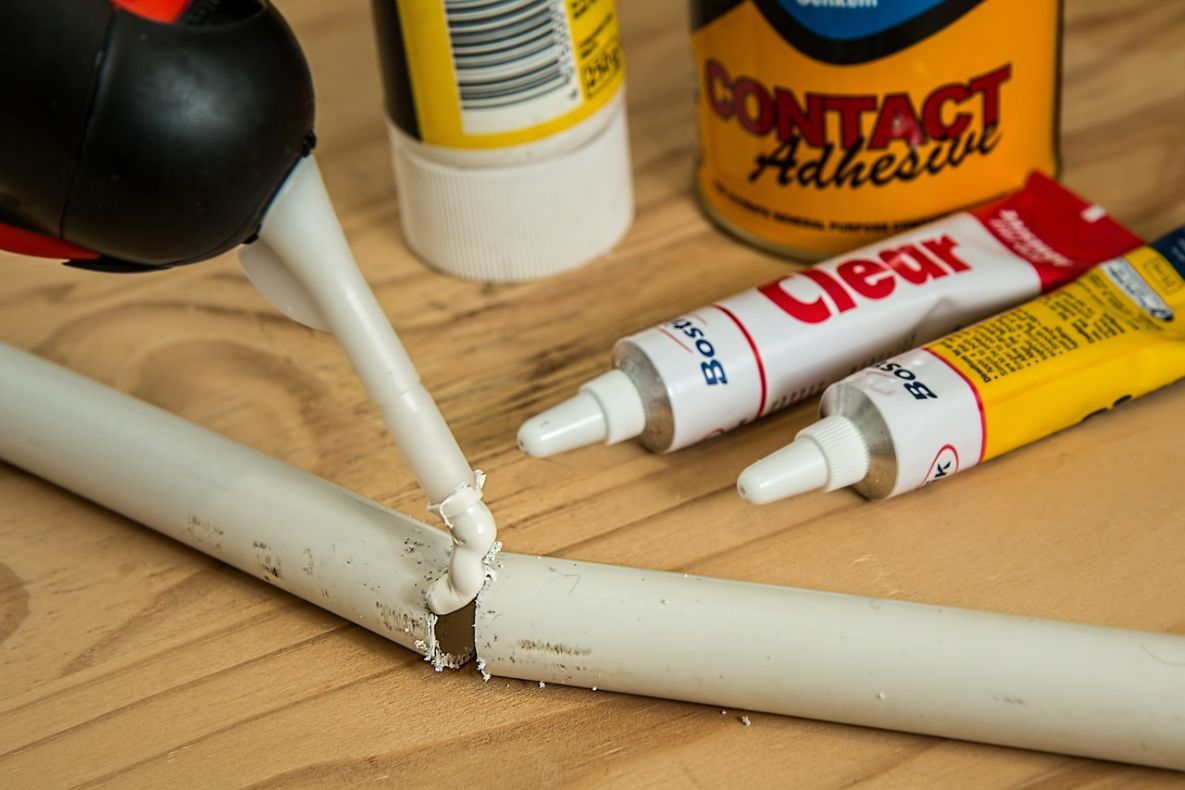
1. Epoxy Glue
This type of glue is incredibly strong and works well on both plastics and rubbers. However, it does take longer to set so you need to plan for larger projects.
2. Superglue
This is an ideal solution for smaller items as it sets quickly and bonds strongly with most materials. It may not be suitable for large-scale projects though due to its strength limitations.
3. Silicone Adhesive
If you’re looking for a waterproof bond, then silicone adhesive could be the perfect choice as it creates a flexible bond and is resistant to water. However, it is slippery. As a solution, you can apply primer or surface treatment to enhance friction.
4. Contact Adhesive
This glue is ideal for larger pieces that require a strong bond because it creates an incredibly strong hold once applied but may not be suitable for smaller items due to its strength.
5. PVC Glue
PVC is also great at working on bonding rubber to plastic. It is a compatible material because PVC by nature itself is plastic. So resultantly, it forms a strong and durable bond.
Best 5 Glue Brands to Bond Rubber to Plastic
If you’re looking for the best glue to bond rubber to plastic then you have come to the right place. Here are some of our top suggestions on glues that will help you.
1. Loctite Vinyl, Fabric & Plastic Flexible Adhesive
This versatile bonding solution is perfect for both indoor and outdoor applications. It can hold up against moisture, UV rays, and extreme temperatures. This glue is versatile in its use as it can be applied on surfaces like canvas, rubber, leather, and fabric. It is a great choice to glue rubber to plastic effectively.
Pros:
- Waterproof
- Dries clear
- Good flexibility
- Resistant to yellowing over time
- Bonds strongly to porous and non-porous materials
Cons:
- Not suitable for bonding metal surfaces
- Difficult to clean up
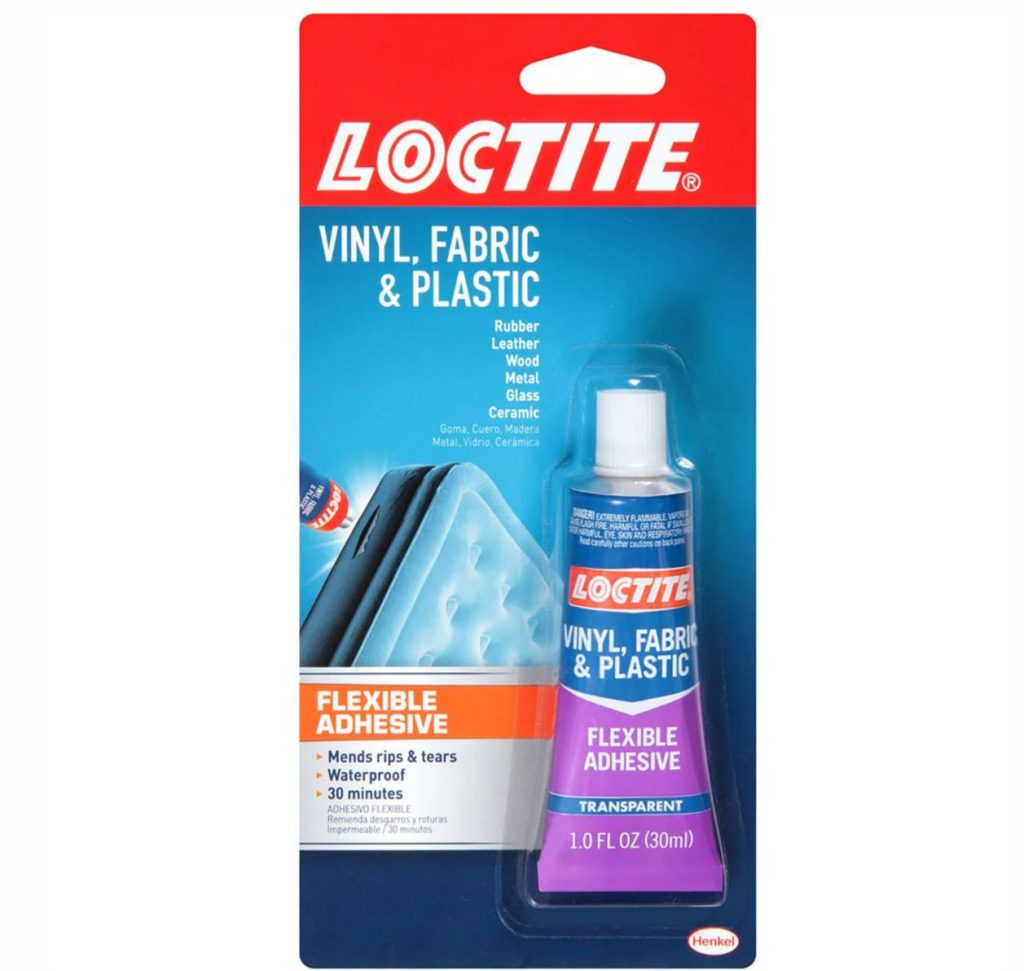
2. 3M Super 77 Multi-Purpose Spray Adhesive
This glue sprays on like an aerosol and has an incredibly strong bond that makes it great for bonding rubber to plastic. Moreover, it forms a strong and perfect bond when applied to a variety of surfaces. It can be applied to plastic, wood, metal, cardboard, and fabric.
Pros:
- Strong and durable.
- Fast drying and bonds quickly
- Resistant to solvents
- Resistant to heat and moisture
- Easy and quick solution for adhering two surfaces together
Cons:
- Difficult to remove
- Flammable
- Unpleasant odor
- Can be messy and difficult to control
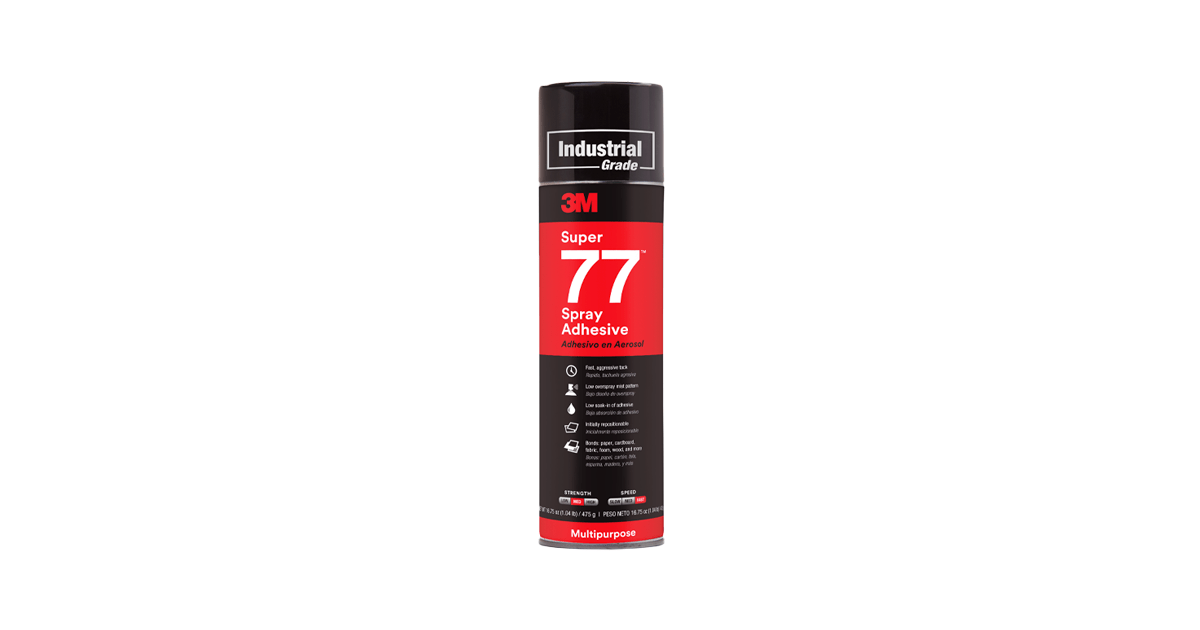
3. Gorilla Glue Super Glue Gel
This glue is designed to hold through impacts, vibrations, extreme temperatures, and most other conditions that can weaken bonds between materials. Plus, its gel formula is easy to control so you can get a precise application each time.
The formula of this glue is thick and easy to use. It can also be used on multiple surfaces such as plastic, stone, rubber, ceramics, and paper.
Pros:
- Easy to use and fast bonding
- Dries clear and non-toxic
- Fills gaps in tough repairs
Cons:
- Can be difficult to clean up
- Can cause skin and eye irritation if not handled properly
- Not recommended for vertical surfaces as the bond can be weak
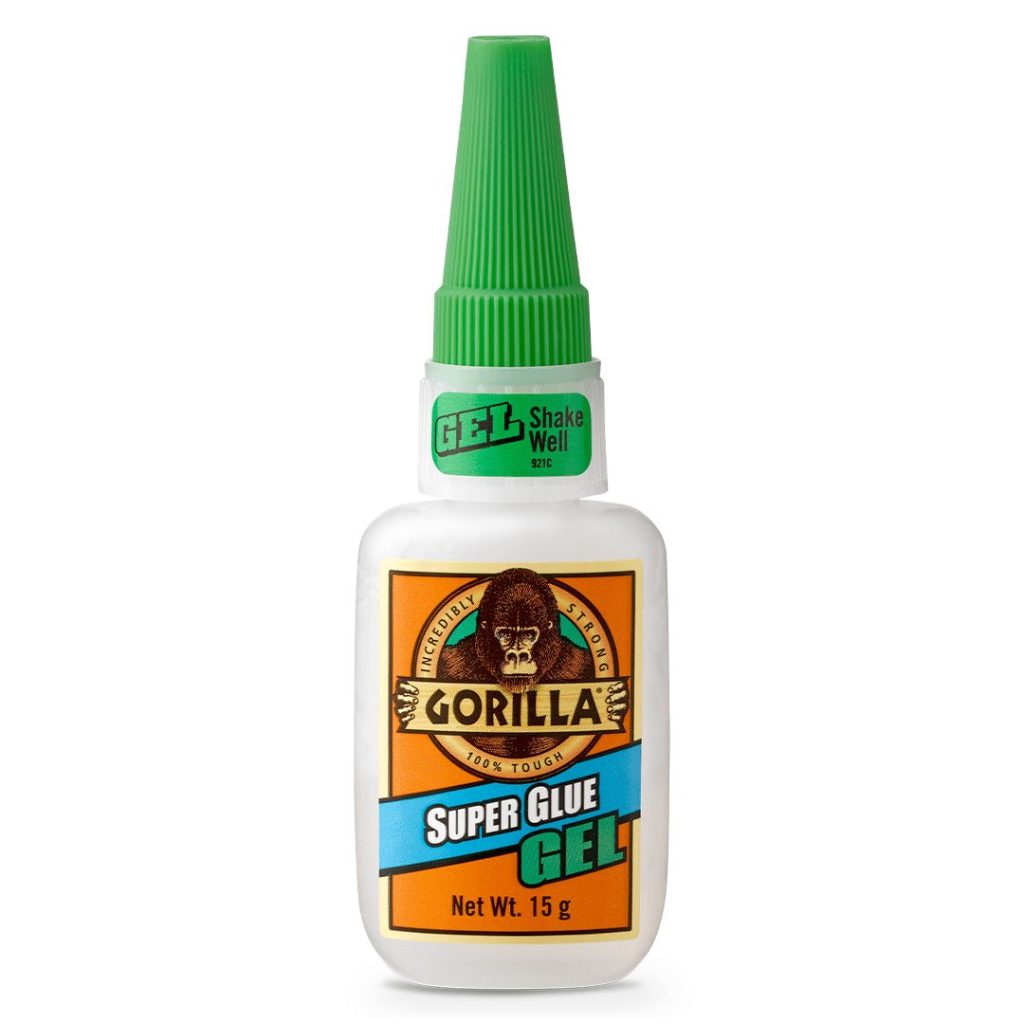
4. E6000 Craft Adhesive
This glue is a perfect choice for repairing small and delicate objects. Its best features include that it dries quickly, forms strong bonds and the results are amazing. Fabric, plastic, rubber, leather, and many other materials are easily compatible with this glue.
Pros:
- Extremely durable
- Withstands extreme temperatures
- Does not contain any harmful chemicals or solvents
Cons:
- Not waterproof
- Strong odor
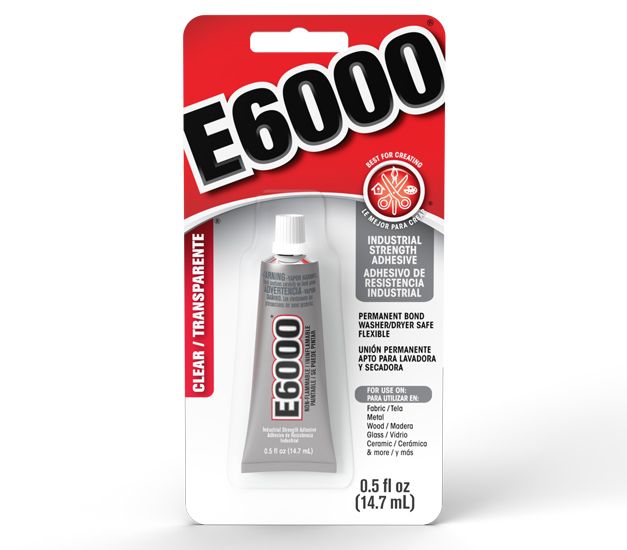
5. ZeliFIX Contact Cement
It is a simple and all-purpose contact cement glue. It is amazing for bonding rubber to plastic due to its qualities such as fast curing. Its flexible texture allows it to be great for leather and wood as well.
Pros:
- Water-resistant
- Easy to apply
- Dries quickly
- Incredibly strong and long-lasting
Cons:
- Strong odor
- Difficult to remove
- Flammable
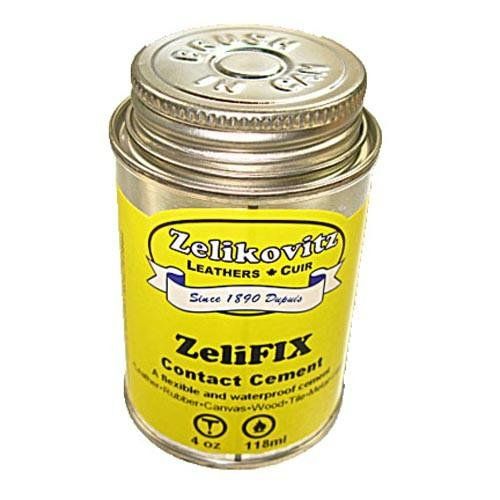
Explore More:
- Is Wood Glue Stronger than Wood? 6 Factors That Can Affect the Strength of Wood Glue
- Hot Glue on Wood: 5 Useful Tips To Help You Craft
Precautionary Measures When Bonding Rubber to Glue
When working with any adhesive regardless of which material you are bonding, cautions are very necessary. It means that when gluing rubber to plastic you must avoid health hazards by following these precautionary measures:
- Wear gloves
- Wear eye protection
- Wear face mask
- Work in a well-ventilated area
FAQS
1. Which is the best glue to bond silicone rubber to plastic?
Infinity Bond Medical Device Super Glue Cyanoacrylate is one of the best glue to bond silicone rubber to plastic.
2. Does hot glue bond rubber and plastic?
Hot glue bonds well with plastics. It is durable. However, it is necessary to avoid drilling and nailing to prevent the surface from damage.
3. What is the hardest glue for plastic?
The strongest glue for plastics is Epoxy and Methyl Methacrylate Adhesives because it is not only strong but can also be utilized on a variety of materials such as metal, wood, and glass.
4. Can I glue liquid rubber on plastic?
Yes, you can glue liquid rubber to plastic. Liquid rubber can also be glued to several other surfaces such as fabric, aluminum, glass, drywall, porcelain, and cement.
5. What is the best waterproof glue for rubber?
The best waterproof glue to bond rubber is Adiseal Adhesive and Sealants. It also stays flexible permanently.
Conclusion
With its durable and waterproof properties, rubber is undeniably a great material to work with when dealing with plastic. However, gluing rubber to plastic can be a tricky job. It’s important to take the necessary steps to make sure that the bond lasts.
Whether you decide to use super glue or epoxy glue, make sure that you follow the instructions accordingly to achieve the desired outcome. With careful planning and preparation, it’s possible to both glue rubber and plastic together and ensure that the bond will last for years.